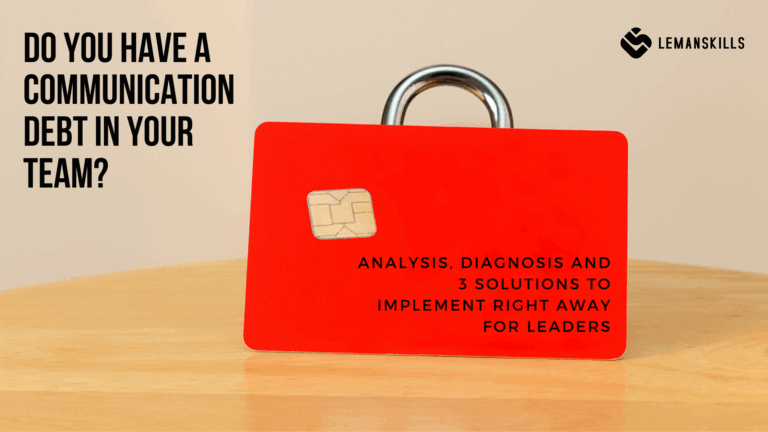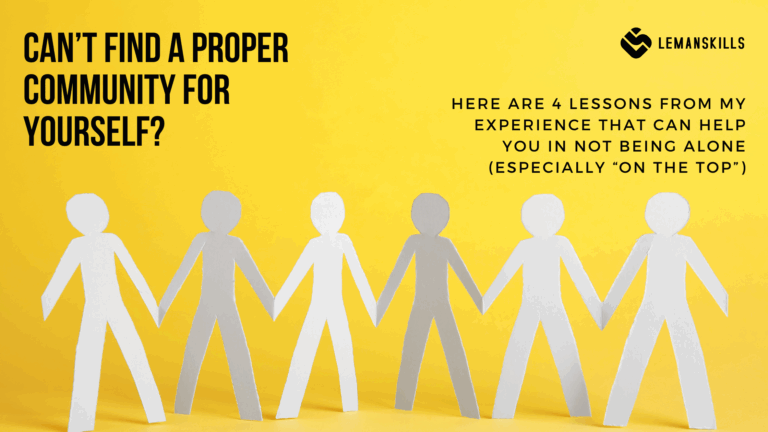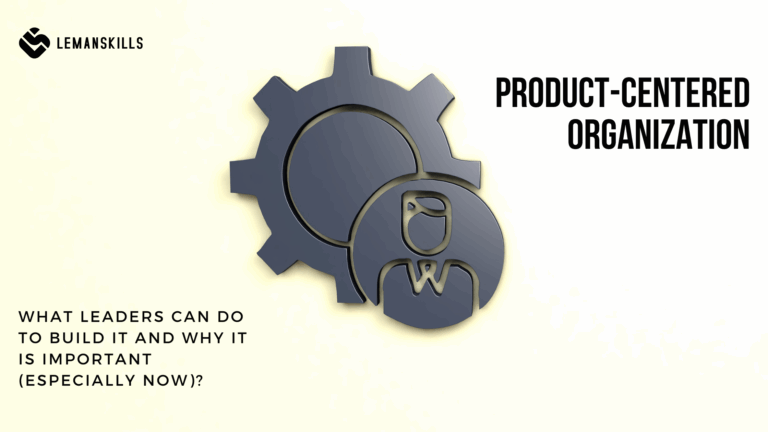I’ve started to talk about drivers in one the previous articles created to address the issue of saying “no” to things in order to get our time back. Just one out of five drivers that are a part of Transactional Analysis was covered then, and today we’ll have all of them to see, what they are about and where you can use the knowledge about it to life a better life.
Regarding TA there are 5 Drivers: Be Strong, Be Perfect, Please People, Try Hard and Hurry Up. Each of those has its own characteristics and roots, as well as the ways they can do us harm or support us as a source of potential and skills. Today we are going to dig deeper to get to know how we can use them as allies, instead of treating them as enemies.
What are Drivers?
Drivers are orders that we give ourselves. These are messages like “you should…”, “you must…” or “you be like…” that often take on a character of a compulsory principle pushing us to do a certain action. Drivers have roots in our childhood, they are mostly based on what we’ve heard from our parents or others who raised us, unconsciously taken as a proper way to behave to get recognition.
There are 5 Drivers. Each person can live with all of them, but most of us has 1-2 main ones that become our dominant behavior, a reaction to a certain stimuli, context or situation.
Read all 5 short descriptions below and see which one is telling the most truth about yourself. Each driver can be an order that pushes us to do things in a certain way, mostly making a negative outcome. But we can also use drivers as “work styles”. In that case we decide, consciously, how to take advantage of their potential and treat them as a source of talent, strength and skills. To be the owner, not the victim.
Driver no. 1: Be Strong
Be Strong is when we don’t like to admit that we don’t know something. We rather don’t ask for help or opinion of others, since it might look like we are weak, or not able to deal with something. Be Strong is very critical of yourself and others, often says: “I can handle it”, even when they know it’s not true. They spend a lot of time on finding proper data, answers or information, instead of asking somebody, because of the fear of being judged as incompetent or not good enough.
When “Be Strong” is a work style? People with strong “Be Strong” are reliable, trustworthy, very skilled. They are great when working under pressure, they are dealing amazingly well with highly stressful, demanding situations. They are persistent, focused and they don’t give up. These are great qualities when we put them that way. Use them to be a strong, skilled partner, to have a seat at the table. Be Strong can help us to achieve extraordinary things, to grow every day, to look for new solutions or ideas and actually implement them. Be Strong with your goals, plans and things you want to do and learn. Follow this path with persistence and you’ll quickly see the results.
Driver no. 2: Be Perfect
Be Perfect is when we only accept perfection in actions, results, products regarding ourselves and others as well. When we do something, it’s all or nothing – every different result is not good enough. We constantly strive for perfection, without tolerating the slightest flaws, since those are the signs of weakness. Without careful preparation, we can not start a task at all, and once we do, we will do it for as long as it’s needed to be perfect. Based on that, it’s hard to meet the deadlines for us, so we are not as efficient as we should be at the end of the day. We also have the highest standards so it’s often very hard to delegate tasks, since we don’t believe in other peoples’ capabilities to do it like we would do it – perfect.
When “Be Perfect” is a work style? People with strong “Be Perfect” have the highest standards and quality of their work. They predict different scenarios, and they are prepared for the worse. They are focused on delivering the best result possible and they’ll do everything to keep it that way. Use it to be concentrated on what really matters, on not wasting time on things without a certain level of importance or influence. Be the best version of yourself and deliver great value. Add to it a little touch of being Ok-Ok with not finishing everything perfect. Set yourself a goal that you’ll let go 20% of the things that are not super important, and the rest 80% of what you’re doing will be “perfect” (whatever perfect means to you). You can use the Influence Matrix and focus of the top right quadrant. Letting go is an important part of using “Be Perfect” to serve us, not the other way around.
Driver no. 3: Please People
Please People is when we put the needs of others ahead of our owns. If somebody is asking us for help, we quit what we’re doing at the moment, and we start supporting them. We often cover other peoples’ work, sometimes even without asking if anyone needs it. We want to avoid hurting people by being unhelpful, we are not saying directly when something is not fine with us, we don’t question the necessity or urgency of doing something. We don’t set boundaries to protect ourselves, because we are afraid of stop being likable or supportive as a person. We work long hours, are exhausted, frustrated and tired of being pushed all the time.
When “Please People” is a work style? People with strong “Please People” are amazing when it comes to building trust, relations and atmosphere. They have a high credit of social trust, others like being around them, they have a good influence on the environment they are at. Use this to build strong relationships, alliances, great place to work or live. It is an amazing source of good impact, all you can use is to set better boundaries. Boundaries are important so you can treat yourself as an equal partner in each relation and context, to protect yourself and your time. It can be one of the hardest things to do, but with that Please People can be a superpower.
Driver no. 4: Try Hard
Try Hard is when we put a tremendous effort and enthusiasm to do something. We tend to delay tasks by opening many new ways to do it, creating different scenarios. We are more focused on starting many things, than on finishing the current ones and regarding that we have a tendency to not finish them at all or to delay deadlines.
When “Try Hard” is a work style? Try Hard can be a huge advantage in the first stages of a project or initiative, when we brainstorm and there is a need of creativity. The holistic thinking, connecting the dots, thinking differently is a great source of inspiration when we seek for innovation, challenging the status quo. Be a part of a team, initiative, project when it starts or when the team needs more stimuli, encouragement to boost their motivation and performance will be one of the best positive usages of this one.
Driver no. 5: Hurry Up
Hurry Up is usually a complementary driver, working with others to boost their positive or negative impact. It works when we work fast and in a short period of time we cover many tasks. We do things in a rush, and it often leads to many mistakes, poor quality of work and it at the end it extends the duration of the tasks since it needs many corrections. That way, saving time is apparent. Regarding the constant hurry, we don’t have an ability to be right here right now, we are not mindful and in consequence we might not build close, long-term relations with others.
When “Hurry Up” is a work style? People with strong Hurry Up are great in a crisis. They make decisions fast. They can use their fast-thinking brains to make everything logical in a short period of time. They are focused on the result they need to bring in, so they get rid of risks and concentrate on what really matters in a certain situation. Use your Hurry Up when there is a need to finish a task, when working under pressure and take a deep breath and a step back in regular situations. It will bring more balance and be a growth opportunity.
The bottom line
As you can see, drivers can be treated like friends, as well as like enemies. Like regarding almost everything, we can see the glass half full or half empty, and it’s our choice which approach we are going to take. The essence of this topic is to be aware of which 1-2 of those drivers are the strongest in your case, and decide what you want to do with it. How to use it as a work style, and don’t let it to limit your potential and opportunities to learn and grow every day? That’s a real question to answer.
So, how you are going to use your driver to be a better version of yourself today?




